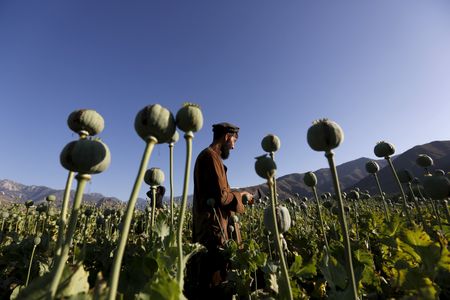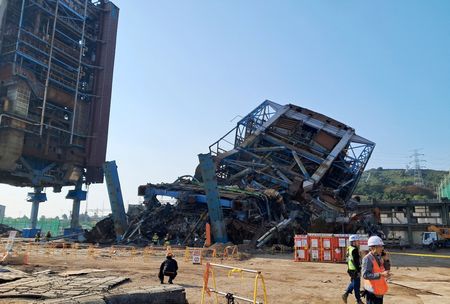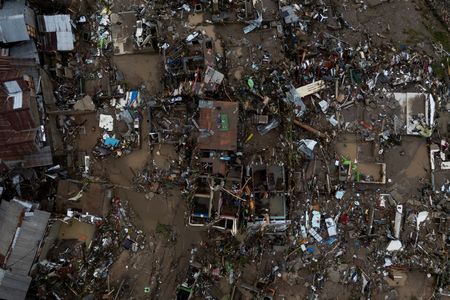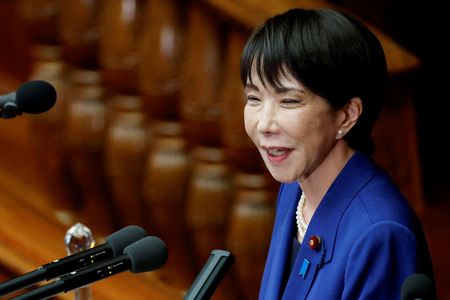VIENNA (Reuters) -The total area of land in Afghanistan on which opium poppy is grown shrank 20% this year, according to a U.N. estimate issued on Thursday, a further drop since farming of the raw material for heroin collapsed in 2023 after the Taliban banned it.
The United Nations Office on Drugs and Crime (UNODC) said its annual survey of opium poppy cultivation in Afghanistan, long the world’s dominant producer, had found the harvest had shrunk even faster, falling an estimated 32% to 296 tons.
The 20% reduction in the area under cultivation follows a 19% rebound in 2024. Those fluctuations are a mere fraction of the massive drop in 2023 that followed the Taliban’s announcement in 2022 that it was outlawing narcotics production.
“The total area under opium poppy cultivation in 2025 was estimated at 10,200 hectares, 20% lower than in 2024 (12,800 hectares) and a fraction of the pre-ban levels recorded in 2022, when an estimated 232,000 hectares were cultivated nationwide,” the UNODC said in a statement.
At the same time, despite the smaller harvest, the price for dry opium fell 27% to $570 per kilogram, it added.
That “suggests a shift in market dynamics and might trigger an increase in attempts to cultivate illicit opium in other countries,” it said, adding: “Cultivation data, together with prices and seizures, signal fundamental changes in drug markets and trafficking in and around Afghanistan.”
The production of synthetic drugs, particularly methamphetamine, has continued to increase since the ban, the UNODC said.
“As agricultural-based opiate production declines, synthetic drugs appear to have become the new business model for organized crime groups due to the relative ease of production, the greater difficulty in detection and relative resilience to climate changes,” it added.
(Reporting by Francois Murphy; Editing by Sam Holmes)











